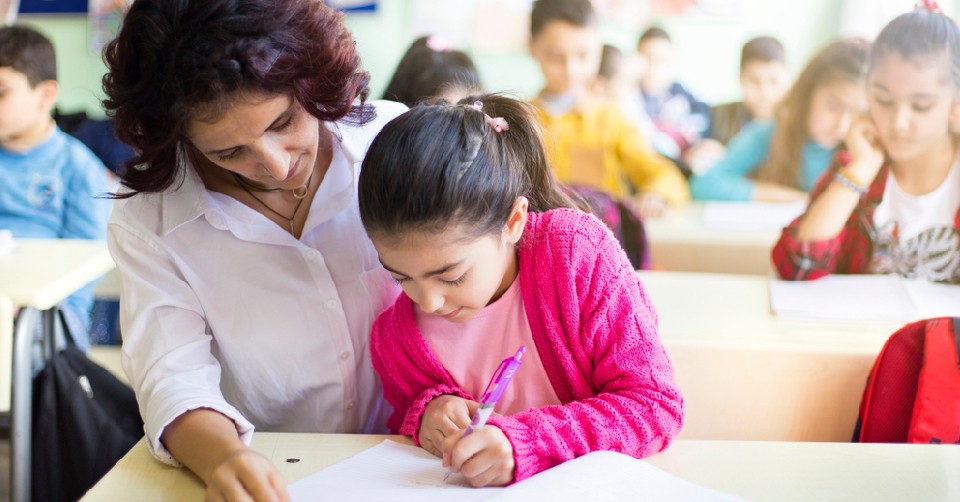Parenting and Education
What is a Shadow Teacher and what is their role?

The integration of children with special needs in mainstream educational settings should be a priority, when appropriate, provided that proper intervention and support are available. For integration to be successful, children must be engaged in all or most school activities. Extra help is sometimes needed for children to be able to benefit from being integrated, and here is where a “Shadow Teacher” can provide this extra help to make it possible for them to attend a regular classroom.
What is a Shadow Teacher?
A “shadow teacher”, sometimes also referred to as a “one to one assistant” or “Learning Support Assistant” is someone who offers services to the school and family of a child with learning difficulties by managing the needs of that child. A shadow teacher is usually employed by the family to provide additional support for the child with special needs throughout the school day for academic, behavioral, social, or communication needs.
The Role of the Shadow Teacher:
Shadowing a child with special needs and determining strategies for success, requires the understanding of how a child’s age, development, grade level, background, and social-emotional development influence that child’s academic abilities and learning styles.
The role of the shadow teacher is to help the child stay focused, participate appropriately in class, and function in an environment where there are many distracters.
Another area where the shadow teacher plays a major role is in building the child’s communication skills; the shadow teacher encourages the child to ask for help from the class teacher, or share the child’s interests with classmates, or help the child learn what interests classmates have, and initiate discussions with them. (read more: Why does my kid struggle with friendship?)
Tips for a successful shadowing experience:
-
Identify the child’s developmental and educational needs.
-
Communicate with other professionals who work with the child to learn the methods of intervention followed or any behavioral plans set for the child and make sure to coordinate to ensure that all are following the same plan.
-
Increase independence and reduce negative behaviors .
A shadow teacher needs to encourage the child to attempt new tasks without support as sometimes the opposite might happen and the child becomes dependent on prompting and assistance. -
Facilitate the relationship between the child and the class teacher by prompting the child to listen to the class teacher during instruction time, participate in teacher-led class discussions/activities, ask for help, and let the teacher know when he/she finished the required task.
-
Help the child make friends.
Benefits of a Shadow Teacher to the Child:
The child benefits from a shadow teacher as he will have the chance to follow regular classroom instruction and interaction with peers while benefiting from educational enrichment and accordingly learns to build on his/her strengths rather than concentrating on his/her weaknesses.
The child stays positive towards newly presented tasks and will experience success and realize abilities, uniqueness, and potential as well as gain self-confidence.
Communication and collaboration between the shadow teacher, the parents, the classroom teachers, and other supporting professionals (e.g. occupational therapist, speech-language therapist), are fundamental to the success in meeting the needs of the child.














